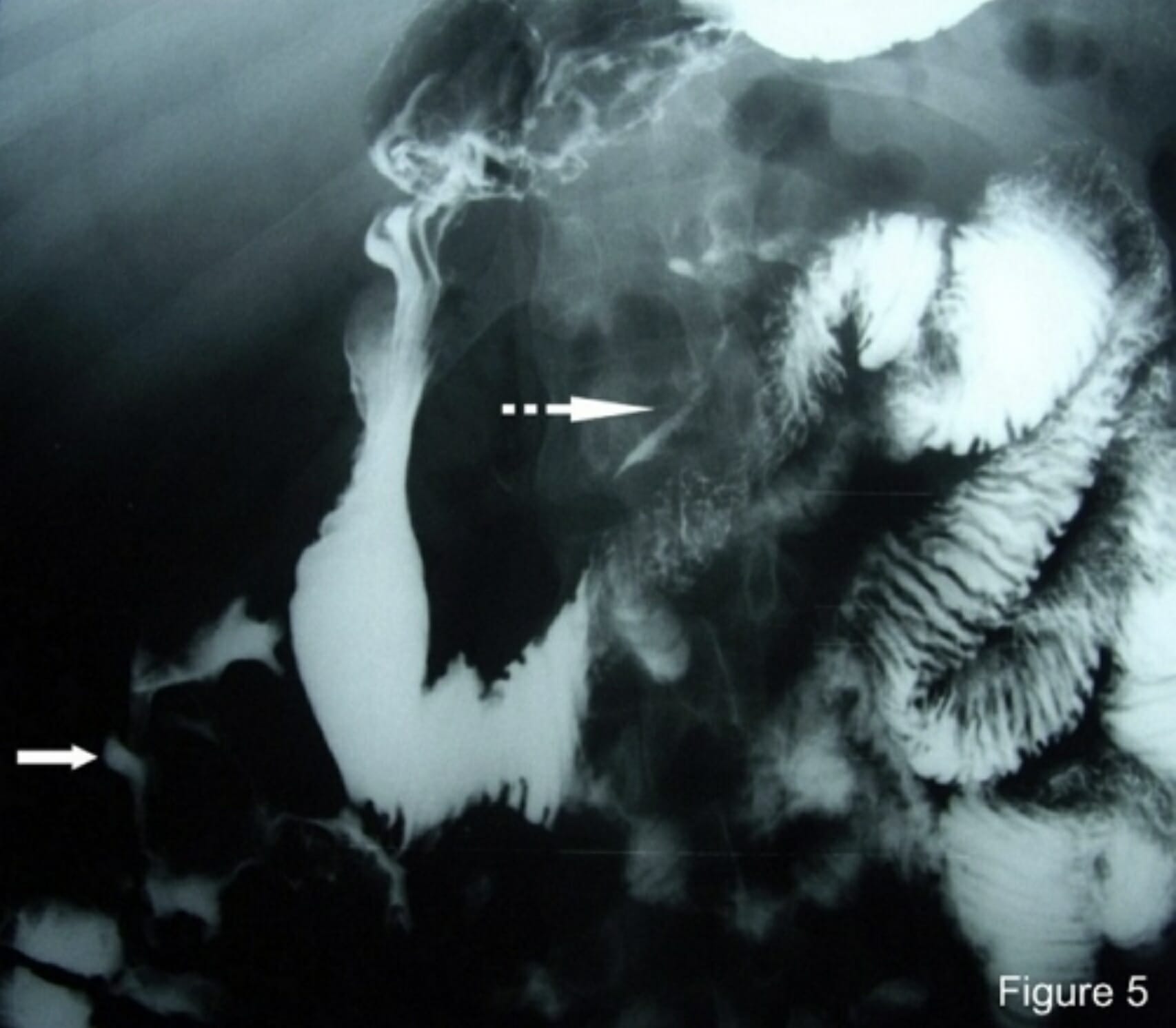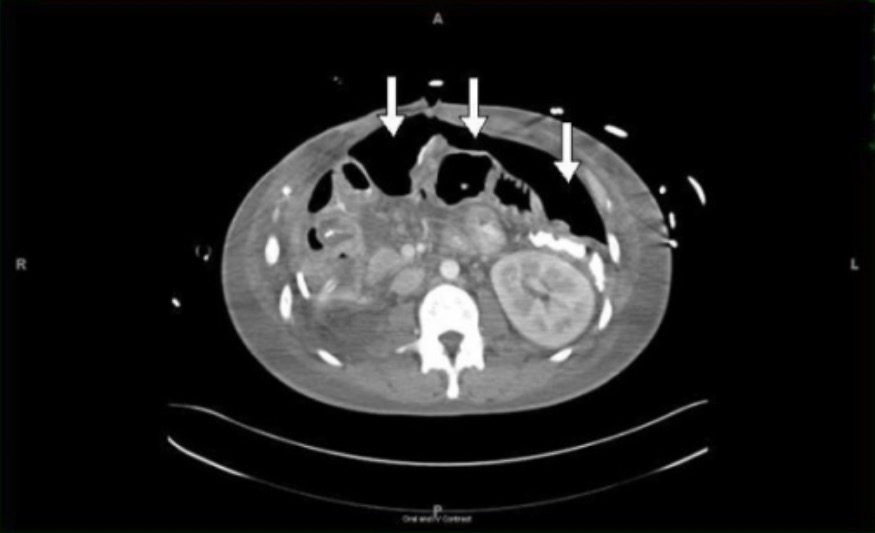Playlist
Show Playlist
Hide Playlist
Perforated Viscus: Management
-
Emergency Medicine Bord Perforated Viscus.pdf
-
Download Lecture Overview
00:01 So what do we do for these patients? So we found out that our patient does have a perforated viscus and we wanna move on and think about what the next steps are. 00:09 So first and foremost in the Emergency Department, ABC’s. 00:13 So think about the airway and the breathing. 00:15 Think about fluid and volume resuscitation. 00:19 Your patient will likely need two large bore IV’s. 00:22 So that’s something larger than an 18 gauge IV. 00:25 Either an 18, a 16, or a 14 gauge IV. 00:29 You wanna think about transfusing blood product or the very least, getting blood products ready. 00:34 So does your patient need a red blood cell transfusion? Are they on anticoagulants and do they need FFP? So sending coagulation studies and a type and cross will put you in a good place. 00:46 You wanna give antibiotics. 00:48 You wanna cover the gut flora. 00:50 So you wanna cover anaerobes. 00:52 You wanna cover enteric pathogens. 00:54 And you want those to be broad spectrum. 00:56 Your patient is super sick. 00:58 You wanna make sure that you’re covering all the possible bacteria that could be floating around in their abdominal cavity. 01:06 And then you wanna involve surgery. 01:07 Right when you suspect this diagnosis, you wanna call your surgical consult. 01:12 You wanna get them on board, you wanna tell them what your concerns are. 01:16 It’s possible that interventional radiology could play a role here but for the most part, your patient may in fact need surgical intervention. 01:25 So the conclusions here. 01:28 Perforated viscus is a very serious condition. 01:30 It has a very high mortality. 01:32 Maintain a high suspicion for this diagnosis. 01:36 This is not something that you wanna miss. 01:38 The most common causes of perforated viscus are peptic ulcer disease and diverticulitis. 01:44 And you wanna be sure you’re asking your patient about if they’ve ever had any prior abdominal pain that would support a diagnosis of peptic ulcers or prior symptoms that would support that. 01:54 Same thing with supporting diagnosis of diverticulitis. 01:58 The classic history here is severe and sudden onset of pain. 02:01 Oftentimes, this will not be a subtle presentation but be wary of the elderly and immunocompromised because they may present in very unusual ways. 02:10 Early surgical consultation is a key management step. 02:14 So definitely be sure to get your surgeon onboard early if you’re worried about a perforated viscus.
About the Lecture
The lecture Perforated Viscus: Management by Sharon Bord, MD is from the course Abdominal and Genitourinary Emergencies.
Included Quiz Questions
What are the most common causes of a perforated viscus?
- Peptic ulcer disease and diverticulitis
- Peptic ulcer disease and diverticulosis
- Peptic ulcer disease and ulcerative colitis
- Crohn's disease and ulcerative colitis
- Gastritis and diverticulosis
Which of the following statements regarding a perforated viscus is INCORRECT?
- A perforated viscus in an elderly or immunocompromised patient is easier to diagnose than one occurring in a younger and immunocompetent patient.
- It has a high mortality rate.
- It is important to ask about prior abdominal pain and other associated symptoms.
- The classic presentation of a perforated viscus is severe and sudden onset of pain.
- Early surgical consultation is a key management step.
Customer reviews
5,0 of 5 stars
| 5 Stars |
|
5 |
| 4 Stars |
|
0 |
| 3 Stars |
|
0 |
| 2 Stars |
|
0 |
| 1 Star |
|
0 |





